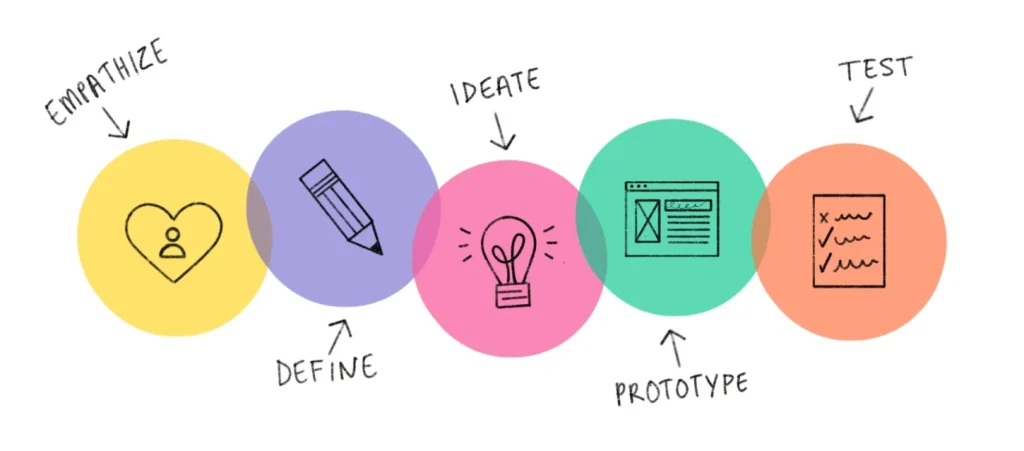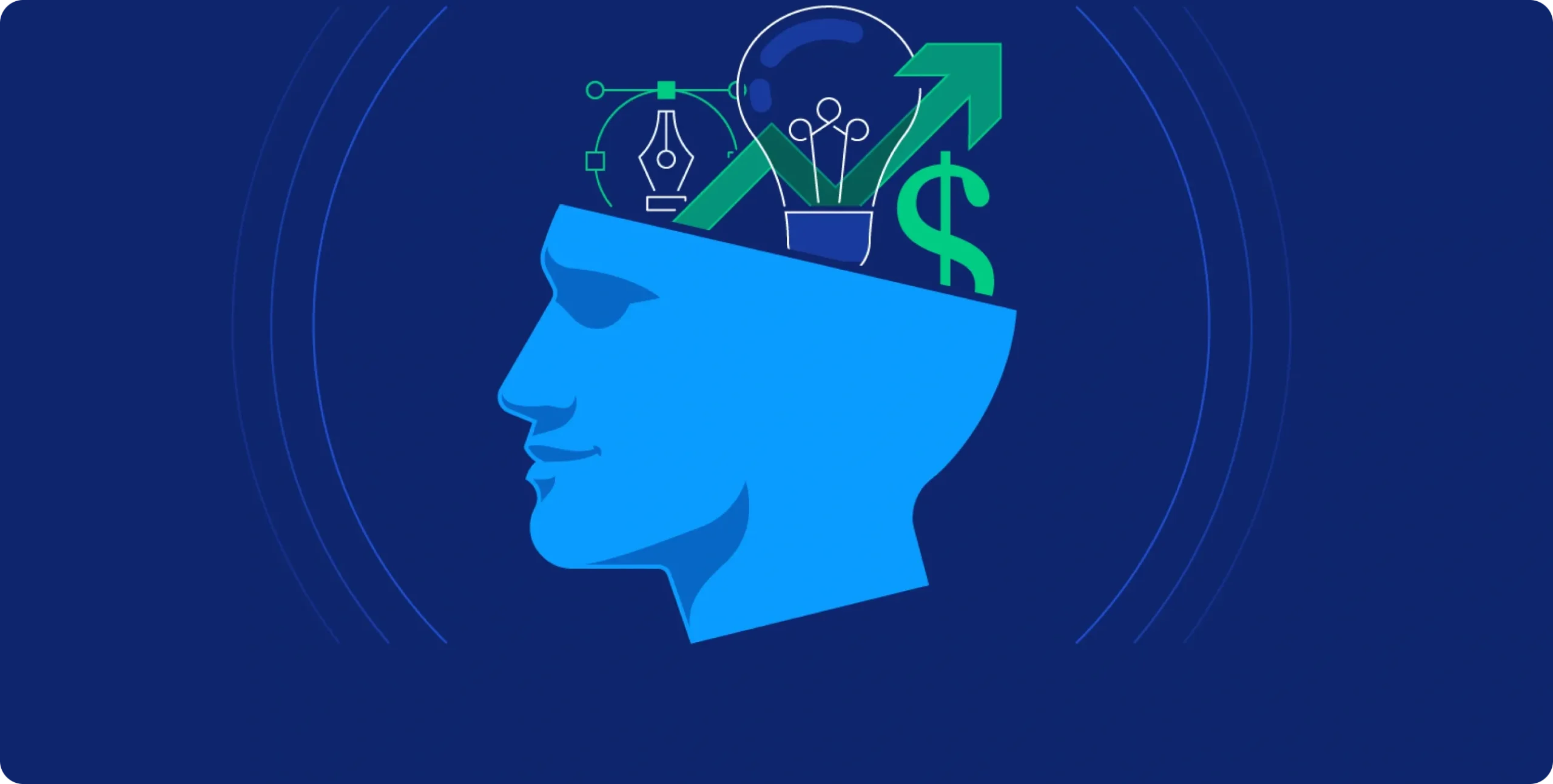Unlock the Power of Data-Driven Solutions. Learn how to bridge the gap between data insights and user needs, creating innovative products and experiences that resonate on a personal level.
In the current world that is characterized by advanced technology, the amount of data being produced by people is immense. Despite big data being hailed as a solution for changing entire industries and improving daily life, many businesses are yet to find ways to make use of this data and pass the benefits onto operations.
The Challenge: Turning Big Data into Big Insights
However, adopting the raving topic of big data, consumers are gradually becoming oblivious of the existence of the data. What is truly important to them is the use of that data to improve their experience. For companies to maintain their edges competitively in the market, the crucial attention should be given not only to the acquisition but also to the pertinent analysis and suitable presentation of the data.
The Role of Design Thinking in Big Data
Well, how exactly are companies that are reaping big benefits from data using this valuable tool to engage their audience? So, the answer is Design Thinking. As a human-centered approach to problem solving, this occurs through appealing to the emotions of customers, leading to the ability of companies to out-compete rivals and provide superior user experience.
Understanding Design Thinking
Design Thinking refers to a problem-solution process that is fixated on the end-user’s perspective on the issue at hand. Here’s a brief overview of the process:

- Empathize: Always pay attention to the behaviors of customers when they are using the products or are in receipt of the services. List the clients’ explicit as well as implicit requirements.
- Define: Build theories regarding the customer behavior regarding their revealed and latent needs.
- Ideate: This will help in the development of a variety of possible solutions that may be applicable to the problems that are perceived in a certain setting.
- Prototype: Design and develop endless replicas according to one’s need of practicality, technology, cost and other facets.
- Test: Refine the prototypes, collect the data and create and launch the product.
Applying Design Thinking to Big Data
To effectively apply Design Thinking to big data, start with these key steps:
- Ask the Right Questions: Instead of diving straight into data frameworks and algorithms, begin with stakeholder mapping. Understand who will benefit from the data and their needs. This step clarifies relationships and identifies potential gaps, providing a solid foundation for data analysis.
- Develop Empathy: Design Thinking emphasizes empathy as a cornerstone for groundbreaking products. Understand your users’ experiences with current data usage and invite them into the design process. This could involve contextual observation, interviews, or collaborative workshops.
- Create User-Centric Solutions: Focus on individual experiences and tailor solutions to meet user needs. The goal is to ensure that the final product is intuitive and accessible to all users, not just the tech-savvy ones.
- Prototype and Iterate: Embrace the mantra of “fail fast to succeed faster.” Develop prototypes to gather early feedback from users. Use this feedback, combined with additional research and brainstorming, to refine and improve your solution.
The Benefits of Integrating Design Thinking with Big Data

The integration of Design Thinking with big data can lead to revolutionary outcomes. By focusing on human factors and user experiences, businesses can unlock new opportunities and create solutions that resonate on a personal level. This approach not only builds empathy for users but also paves the way for exceptional, human-centered experiences.
As technology continues to evolve, the challenges and complexities businesses face will only grow. However, by applying Design Thinking to analytics, organizations can transform big data into valuable, user-centric solutions, setting themselves apart in the competitive landscape.
Incorporating Design Thinking into your big data strategy is not just about creating innovative products—it’s about making data work for people. This approach ensures that your solutions are not only effective but also genuinely enhance the user experience.


